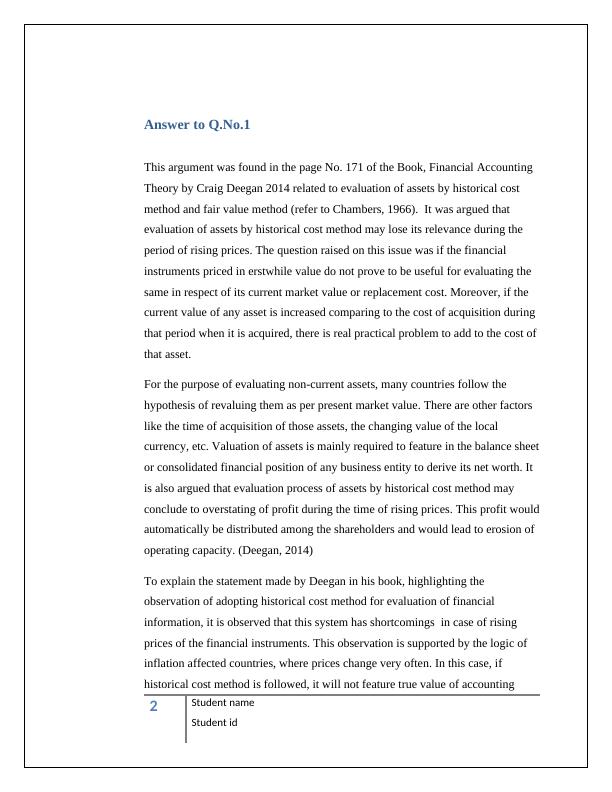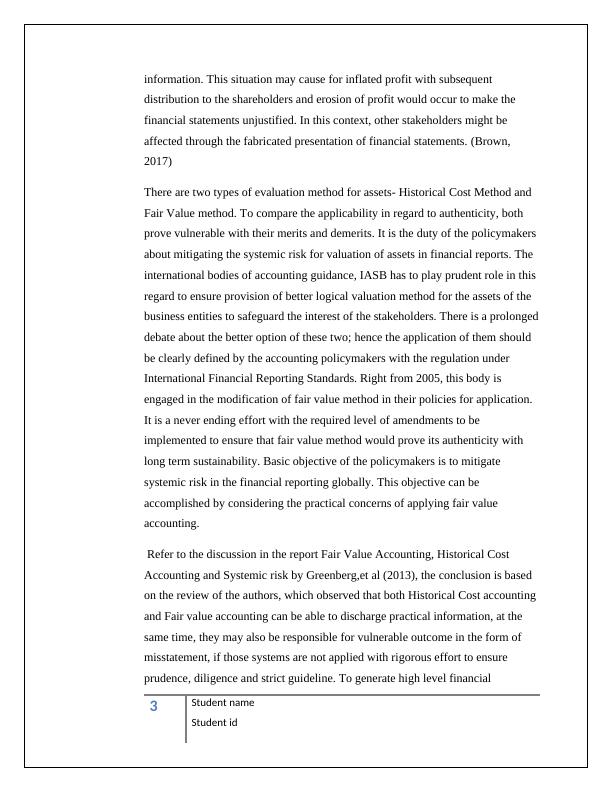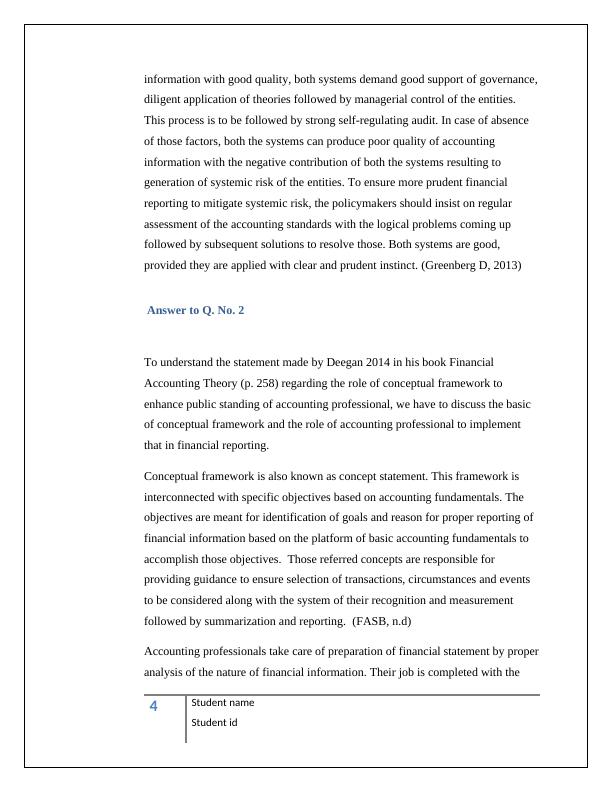Evaluation of Assets: Historical Cost vs Fair Value Method
This assignment requires a 2,500-word essay discussing the problems of relevance in historical cost information, evaluating alternatives to historical cost, explaining the purpose of conceptual frameworks in boosting the public standing of the accounting profession, and analyzing the shift from historical costs to fair values in accounting standards.
Added on 2023-04-21
About This Document
Evaluation of Assets: Historical Cost vs Fair Value Method
This assignment requires a 2,500-word essay discussing the problems of relevance in historical cost information, evaluating alternatives to historical cost, explaining the purpose of conceptual frameworks in boosting the public standing of the accounting profession, and analyzing the shift from historical costs to fair values in accounting standards.
Added on 2023-04-21
End of preview
Want to access all the pages? Upload your documents or become a member.




